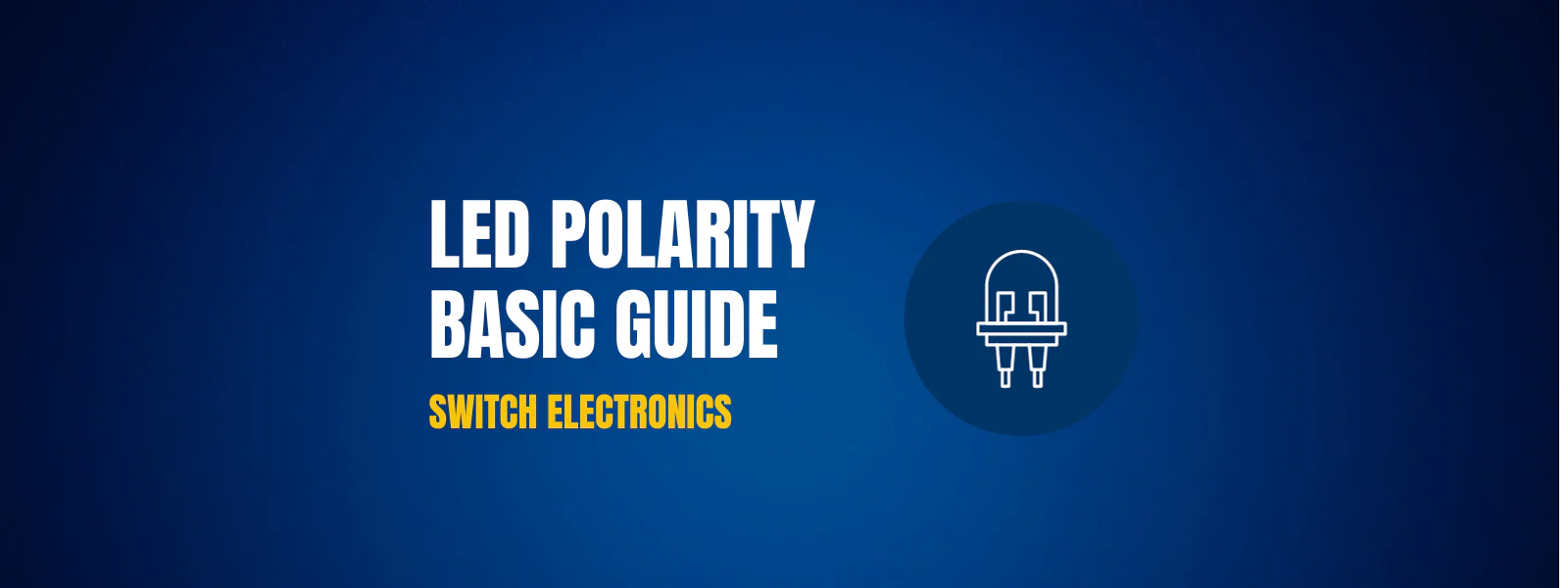
LED Polarity Basic Guide
LED Polarity
LEDs are diodes and diodes only allow electrical current to flow in one direction, therefore LEDs are polarised. The positive pin is the ANODE (+) and the negative pin is the CATHODE (-).
It is very important that LEDs are connected to a circuit in the right direction. The current flow can flow only from the ANODE (+) terminal to the CATHODE (-) terminal.
If the LED is connected in the wrong direction it will not illuminate and may damage the LED. the circuit diagram symbol for an LED is shown below and the direction of flow is also indicated by the arrow.

There are a few indicators that can help you work out which pin of the LED is the cathode and which pin of the LED is the anode.
- In most cases the long 'leg' or pin will be the ANODE (+).
- If the legs have been shortened there may be a flat edge on the LED casing which will indicate the CATHODE (-).
- Failing this - most multimeters will have a 'diode setting' too test for polarity. When the positive probe (usually red) is touching the anode and the negative probe (usually black) is touching the cathode the multimeter will show a resistance reading.


Comments
Leave a comment